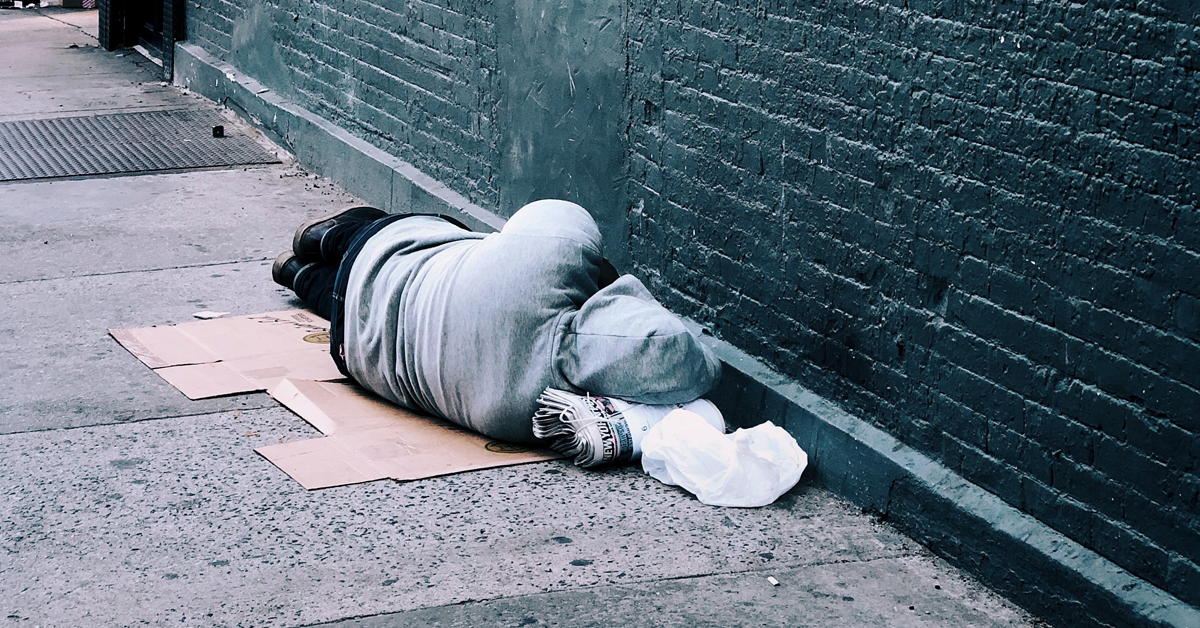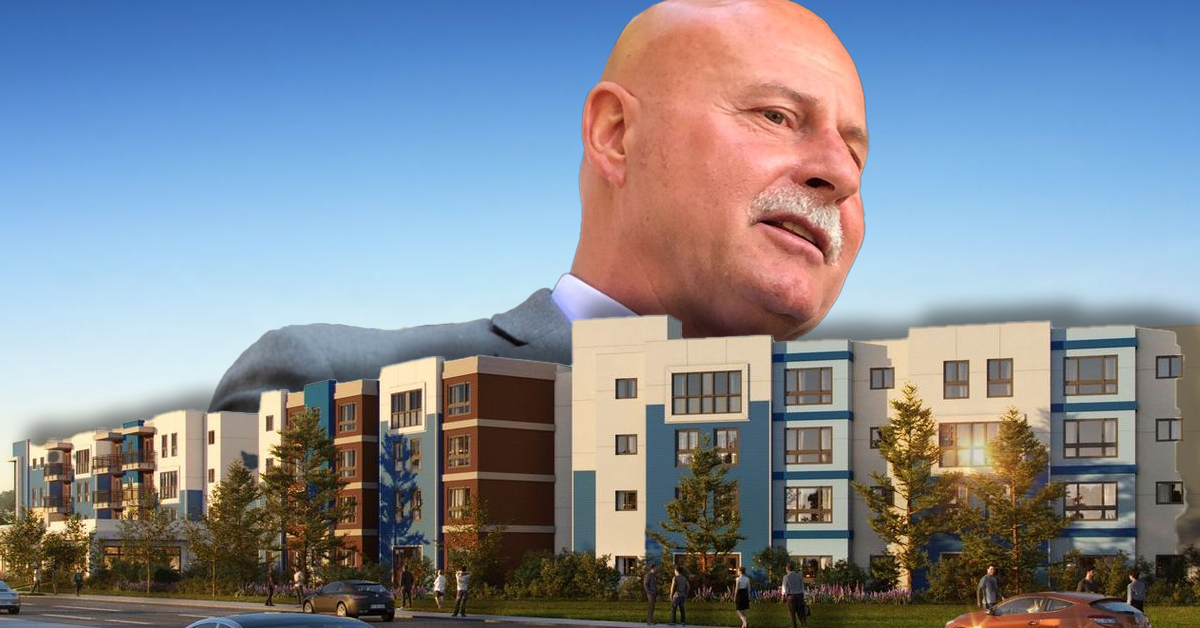Homelessness in Fresno and Madera counties increased sharply from 2019 despite a significant number of individuals who found permanent housing.
The Fresno-Madera Continuum of Care released its 2020 point-in-time homeless count for both counties on Wednesday.
The number of individuals experiencing homelessness increased by 1,133 to total 3,641, which comes to a 45.2% increase over 2019.
“The numbers we see today speak for themselves, and I don’t think the increase comes as a surprise to anybody,” said Fresno Mayor Lee Brand. “When I speak to my fellow big city mayors in California, homelessness is the issue that we always spend our most time on trying to find solutions, and homelessness continues to be the most concerning issue in California where virtually every city continues to see growing numbers.”
Although the homeless population experienced a drastic increase in the two counties, the continuum of care also reported that 1,284 people found permanent housing.
Volunteers visited shelters and encampments throughout the area over two days in January to compile the count, meaning the reported numbers do not reflect the impact the coronavirus pandemic has had on homelessness.
Laura Moreno, the continuum chairperson, said she expects the biggest growth in homelessness due to the pandemic will come with individuals who lost their income and get evicted.
Out of the total number of homeless individuals, the continuum reported 960 of them were sheltered, over double the amount from 2019.
“These numbers tell a clear story,” Brand said. “We’re housing more homeless people than ever before, but we have a long way to go and more challenges ahead.”
Moreno said the area was able to shelter more homeless individuals because of an increase in services over the last year.
The continuum added 135 emergency beds, as well as some site-based rapid rehousing and tenant-based rapid rehousing, Moreno said.
Fresno County Supervisor Nathan Magsig credited a 14-point plan the county adopted in June 2019 in collaboration with all of the cities in the county to have the different entities get on the same page in addressing homelessness.
“As we fast forward to today and we’re dealing with the COVID crisis, really that 14-point plan has allowed us to roll out and create more beds and really be a model to many parts of the state in how we deal with homelessness, and we’ve provided many safe exits,” Magsig said.
The 14-point plan included jurisdictional overlap between the county and city, priority access to emergency housing for pregnant women and their children, additional shelters that do not require individuals to be part of a program and increased substance abuse and mental health services.










